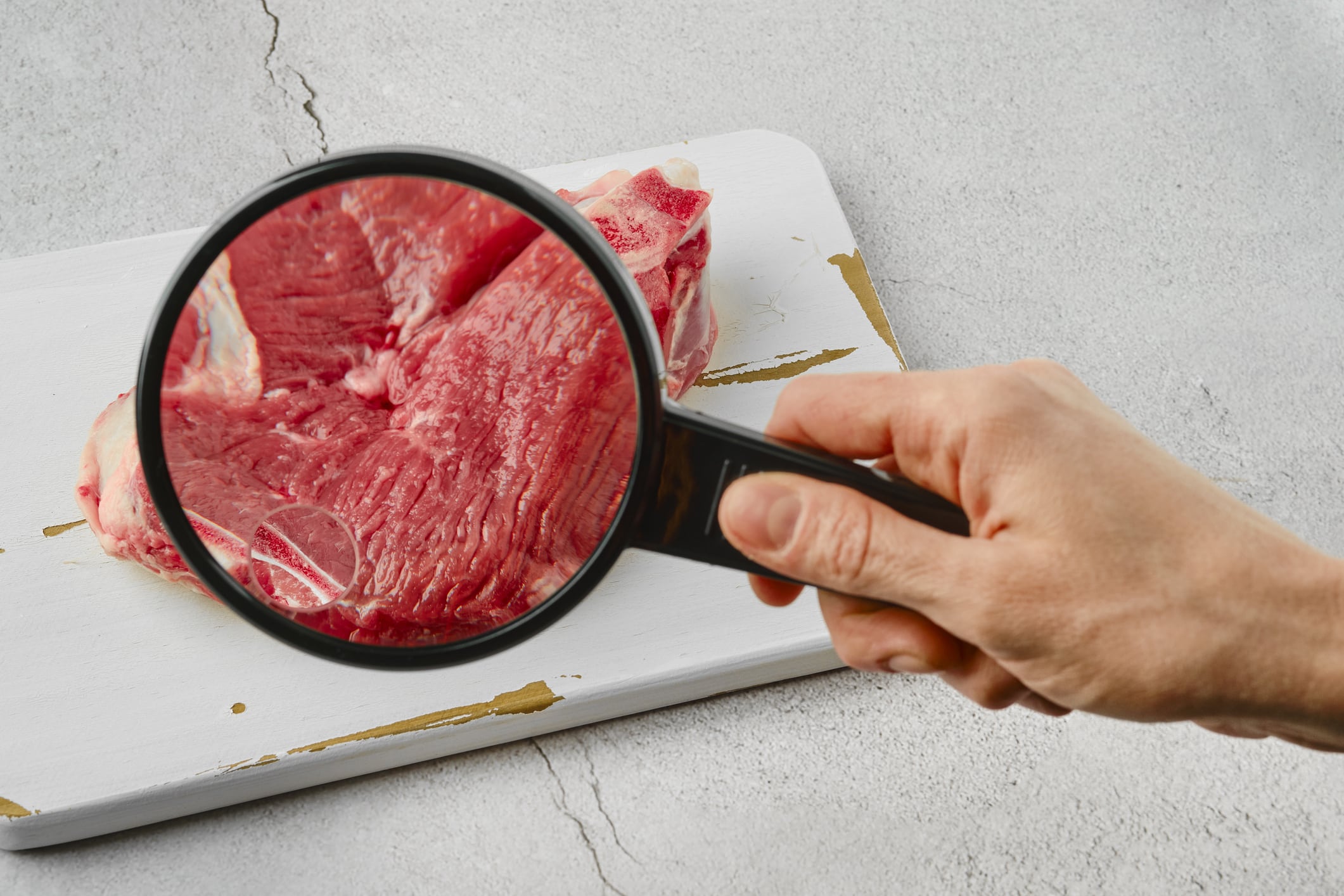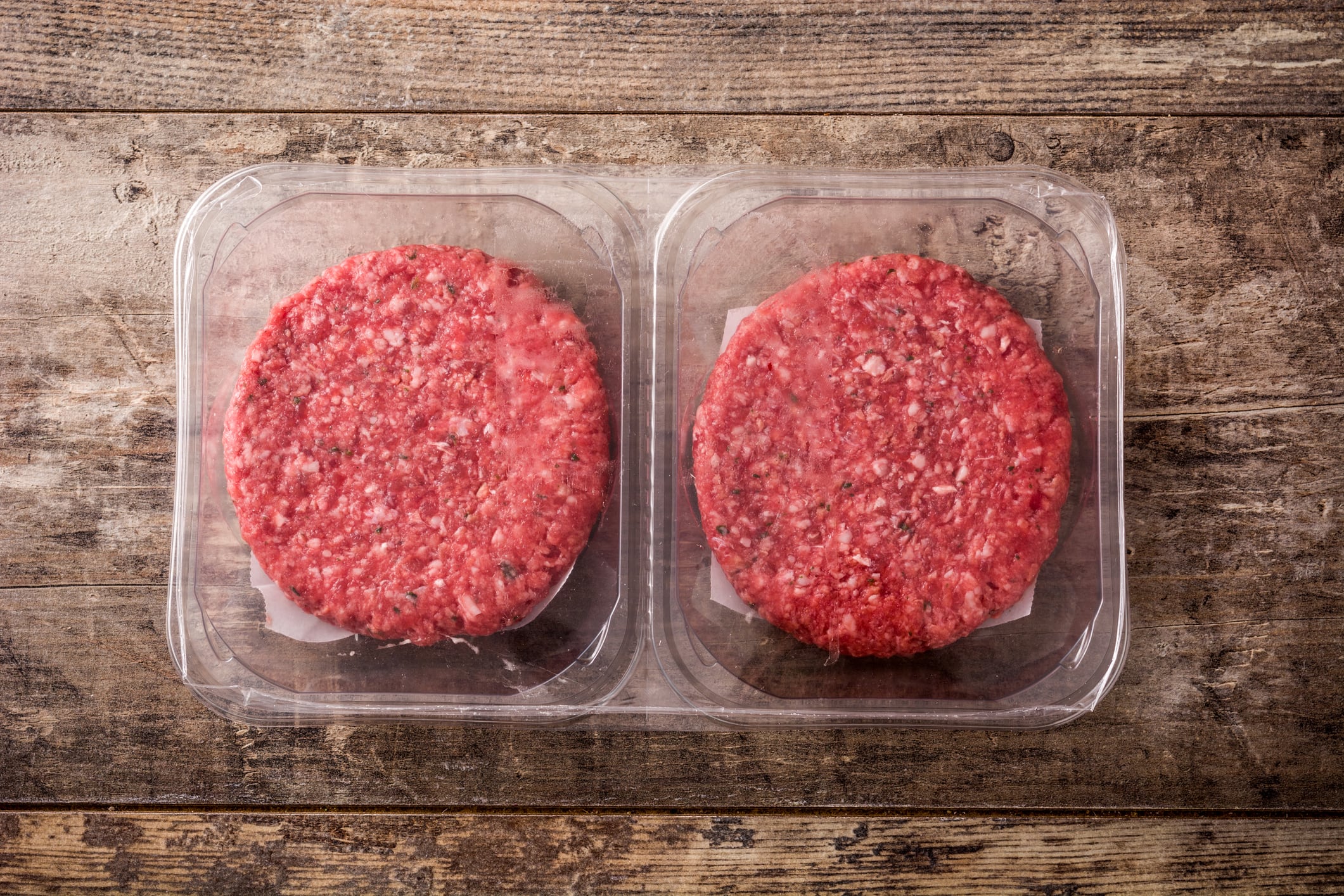Ever After Foods, a cultivated meat producer, and equipment manufacturer Bühler partner to develop a scalable, cost-efficient cultivated meat production system, leveraging its proprietary bioreactor technology and Bühler’s expertise in industrial food manufacturing.
Scaling cultivated meat with Bühler
“The current industry approach to scaling is like trying to fill a swimming pool one glass of water at a time,” resulting in a low yield, high-cost infrastructure, opined Ever After Foods’ CEO Eyal Rosenthal, adding that Ever After’s strategy is to develop a system designed for food as opposed to a lab tool or “industrial meat engine.”
Through the partnership, Bühler’s expertise in designing and building commercial manufacturing infrastructure will scale Ever After’s cultivated meat technology and meat production, explained Rosenthal.
The partnership also emphasizes Ever After’s mission to develop a food manufacturing system for cultivated meat, as opposed to the traditional methods rooted in pharmaceutical development, he added.
“Together, with Bühler, we are really creating an infrastructure which is not going to be a proof of concept, but a real production system for food because at the end of the day, we are doing food. You cannot take a pharma system and adapt it to food,” Rosenthal said.
Overcoming bioreactor challenges
Ever After’s edible packed-bed (EPB) system uses plant-based, column-like scaffolds to grow animal cells for beef, chicken, duck and fish cells in a 3D environment. The EPB system offers an alternative to traditional stirred-tank bioreactors – which present challenges in achieving structured, tissue-like textures, Rosenthal said.
Traditional bioreactors prevent the delicate structure of animal cells from growing properly, which Rosenthal compares to “trying to bake a cake in a washing machine.”
In contrast, Ever After’s EPB technology is designed to support cell attachment to muscle, fat and connective tissue, enabling the growth of structured meat more efficiently, Rosenthal said.
Driving efficiency and cost reduction through smaller bioreactor systems
Ever After’s EPB system may reduce media consumption – one of the most expensive factors in cultivated meat production – by more than 90%. According to Rosenthal, it can achieve 10 kg of cultivated meat per 25-liter bioreactor, requiring 60 times less volume than conventional methods.
Further, the 25-liter bioreactors are part of Ever After’s method to work within smaller systems to reduce costs, as opposed to building “huge, brewery-sized vessels,” Rosenthal said.
EPB provides a potentially scalable solution designed specifically for cultivated meat by separating the cell growth from the harsh mixing process. The separation protects cells from damage while maintaining precise control over the environment, significantly reducing media consumption and increasing output, Rosenthal said.




